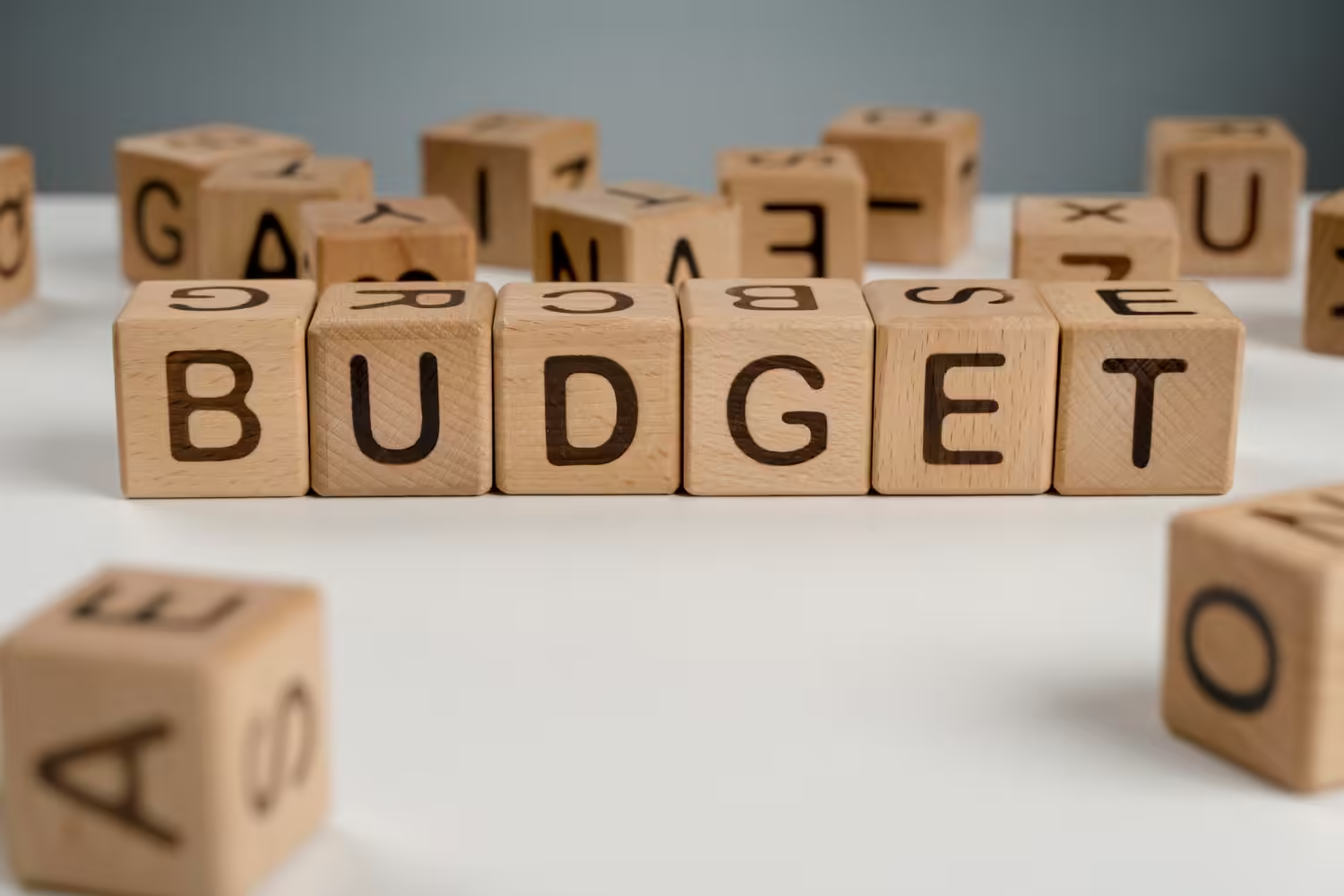Imagine a physical store with a step at the entrance, preventing people in wheelchairs from entering. Or a menu with tiny font sizes that make it impossible for someone with visual impairment to read. These scenarios would be rightfully deemed discriminatory. In the digital world, your website is your storefront, and it’s equally important to ensure it’s accessible to everyone, regardless of ability.
Web accessibility isn’t just a matter of compliance; it’s about creating an inclusive online experience that welcomes all users. A website redesign offers a golden opportunity to integrate accessibility best practices into your site’s DNA, ensuring that everyone can access your content and services.
Why Web Accessibility Matters

Let’s dive into why accessibility isn’t just the right thing to do, it’s also beneficial for your business:
- Ethical Imperative: Everyone deserves equal access to information and services online. Building an accessible website aligns with the principles of inclusivity and equal opportunity.
- Legal Considerations: In many countries, there are laws and regulations that mandate web accessibility. Non-compliance can lead to legal action and reputational damage.
- Business Benefits: An accessible website opens your doors to a wider audience, potentially increasing your reach and customer base.
- Improved SEO: Accessibility often goes hand-in-hand with good SEO practices. Search engines favour websites that are well-structured, easy to navigate, and have descriptive text (which are all hallmarks of accessibility).
Key Accessibility Considerations in Web Design
Web accessibility encompasses a range of considerations, so let’s break down some of the most important aspects to prioritize in your redesign:
- Alternative Text (Alt Text): Always provide descriptive alt text for images, so that screen readers can convey the content of images to visually impaired users. This text should succinctly describe the image’s purpose or content.
- Keyboard Navigation: Ensure all interactive elements (links, buttons, forms) can be operated using a keyboard alone. This is essential for users who cannot use a mouse or other pointing device.
- Colour Contrast: Choose colour combinations with sufficient contrast to ensure readability for users with visual impairments. Tools like WebAIM’s colour contrast checker can help you evaluate your choices.
- Clear Navigation and Structure: Organize your content with clear headings, logical structure, and descriptive link text. This makes it easier for everyone, including those using assistive technologies, to navigate your site.
- Captions and Transcripts: Provide captions for videos and transcripts for audio content. This makes your multimedia content accessible to users who are deaf or hard of hearing.
Web Accessibility Tools and Resources

To ensure your website meets accessibility standards, here are some invaluable resources to utilize:
- Web Content Accessibility Guidelines (WCAG): These international guidelines provide comprehensive standards for web accessibility, outlining testable success criteria for different levels of conformance.
- Accessibility Checkers: Use online tools like WAVE or the Accessibility Insights browser extension to audit your website for potential accessibility issues.
- Screen Readers: Test your website with screen readers (e.g., NVDA, JAWS) to understand how it’s experienced by visually impaired users. This hands-on testing can uncover problems you might not otherwise notice.
Integrating Accessibility into Your Website Redesign
Ready to make your redesign a truly inclusive experience? Follow these tips:
- Start Early: Address web accessibility from the beginning of the redesign process, not as an afterthought.
- Involve Users with Disabilities: Gather feedback from users with diverse abilities to understand their needs and challenges. This will help ensure your design is truly inclusive.
- Choose Accessible Themes and Plugins: If you’re using a CMS like WordPress, select themes and plugins that are designed with accessibility in mind.
- Prioritize User Testing: Conduct usability testing with users who have disabilities to identify and fix potential barriers.
Make it Accessible with Edens Digital
Building an accessible website isn’t just good practice; it’s a social responsibility. By prioritizing accessibility in your website redesign, you open your doors to a wider audience, create a more positive user experience, and potentially even boost your SEO performance. Remember, designing for everyone isn’t just about compliance – it’s about creating a welcoming online space where all users feel valued and included.
Ready to create a website that is accessible and inclusive? Edens Digital can help! We specialize in designing and developing websites that meet the highest website accessibility standards. Contact us today to learn more





